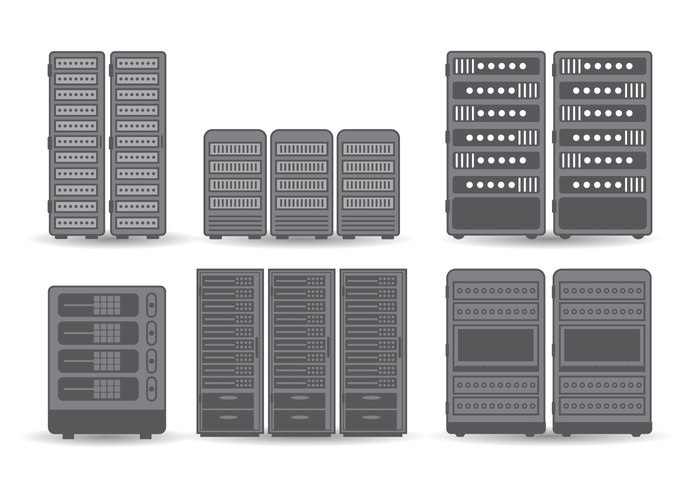
Whitelabel ITSolutions often gets inquiries from clients about the difference between 208 volt versus 110 and 120 Volt input. While there is seldom a difference between 110, 115, and 120 Volts, 208 Volt are more efficient. This article will explain how server voltages relate to energy efficiency.
Power supply energy efficiency is a measure of how much power is lost between the input and output of a server’s power supply. Other metrics that measure the overall efficiency of a server, take into account the processing capability of a server per unit of power input.
What is the engineering behind this? Volts = Watts (less power factor). Thus, if you increase volts by going from 110v to 208v, you need fewer amps to feed your equipment the same number of watts. The loss due to the resistance of the wire is proportional to the amperage. With a lower voltage, you have to push more amps, which means more power is wasted as heat. Also, with fewer amps, you can use smaller wires without fear of starting a fire (overheat from overload). This saves money; there is less energy loss to heat and less copper to carry the power.
Comparison of 110V vs 208V
110V
Convenience is the overwhelming reason why 110V is utilized in the data center and why virtually all small and departmental servers are installed with 110V plugs. U.S. electrical codes require that habitable space be wired with 110V receptacles with a receptacle for every 10 feet of exposed wall. Therefore, 110V is almost always available at any office site. However, typical 110V building wiring has a serious and fundamental limitation.
208V
Power capacity is the primary reason for deploying 208V and is the reason why many enterprise servers are designed to accept 208V. In fact, almost all IT equipment can accept a wide voltage range from 100V up to 250V. The most common ratings for 208V receptacles are 20 amp and 30 amp, corresponding to about 3,600 and 5,400 watts, respectively, of power supply output rating in a server.
In addition to the fundamental need to use 208V at higher power, there are other practical reasons why 208V is advantageous. The trend towards more energy efficient data centers makes 208 even more advantages because a given server will draw less current at 208V than at 110V. The less current a server draws, the less heat is produced. Therefore its wiring devices, fusing, and switches will run cooler which will reduce their long-term risk of degradation or failure, as well as decrease the costs associated with cooling.
Technically, 208V is a superior choice for powering computing equipment when compared with 110V due to lower current draw and higher power efficiency. However the ubiquitous nature of 110V wiring in North America make these lower voltages preferred by users.

